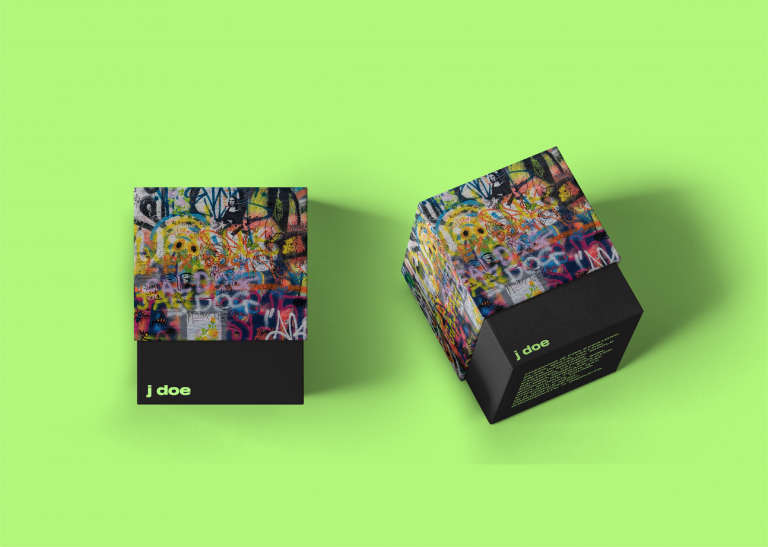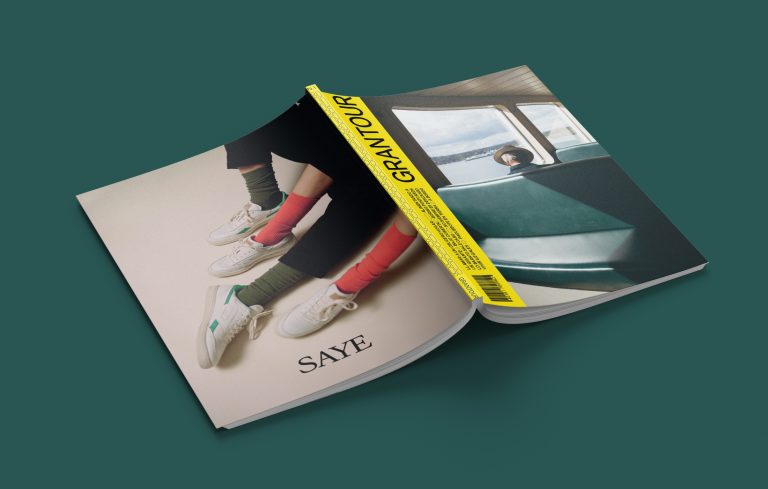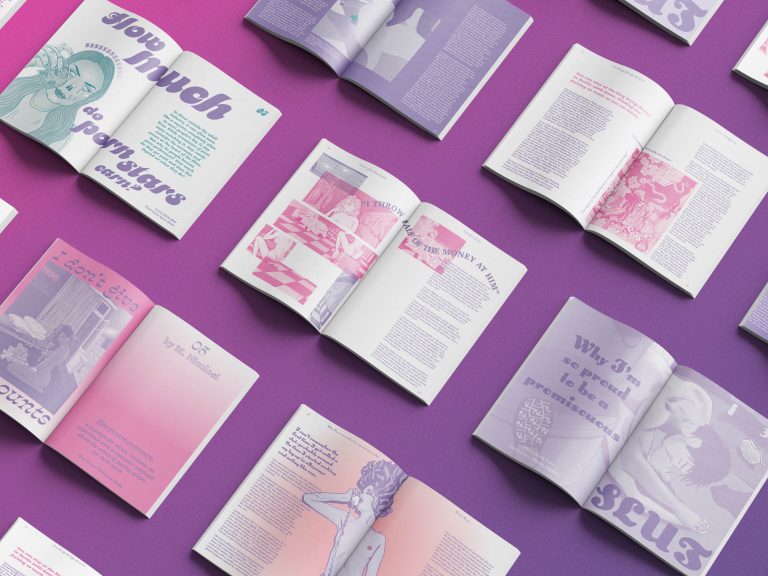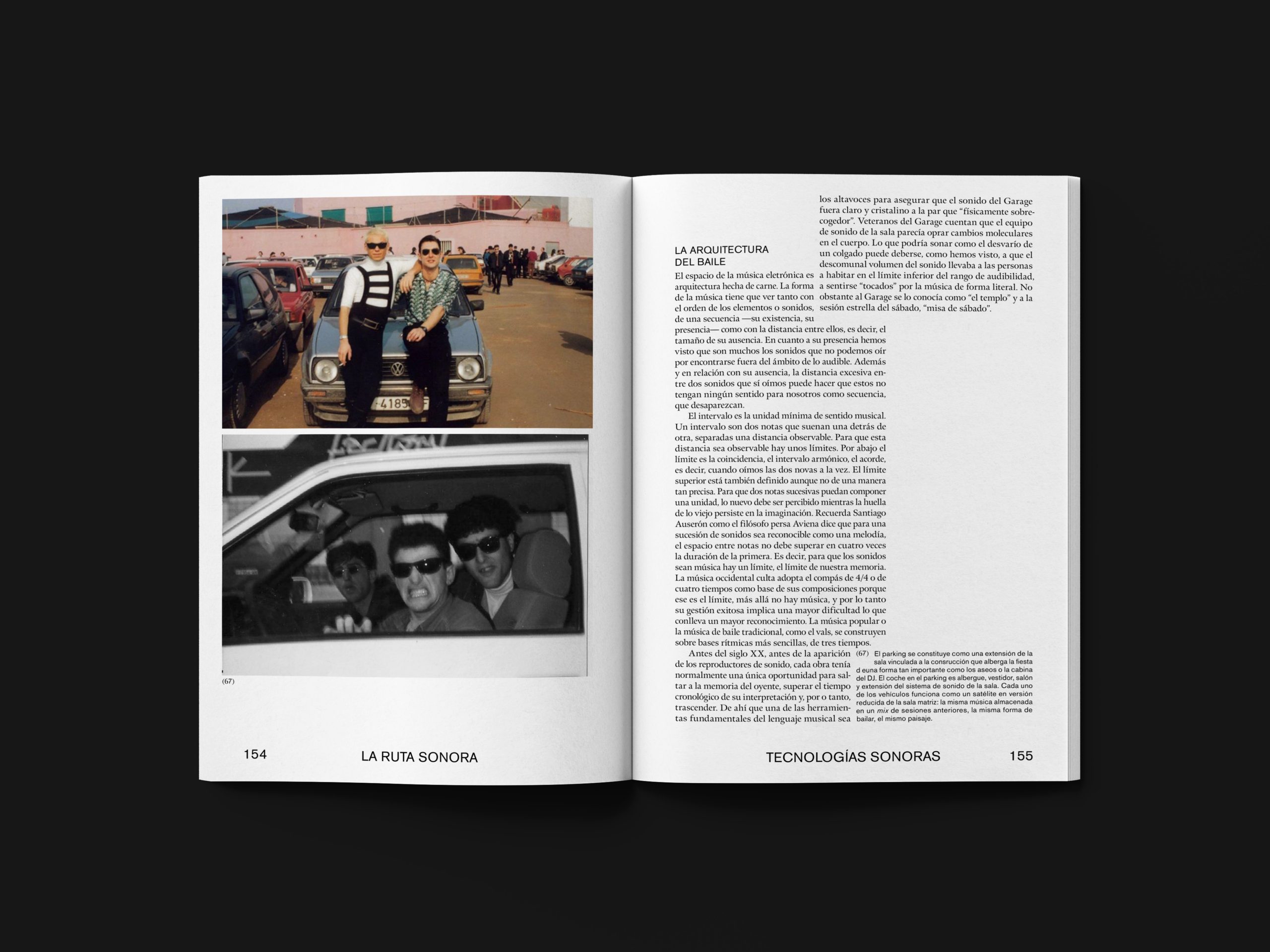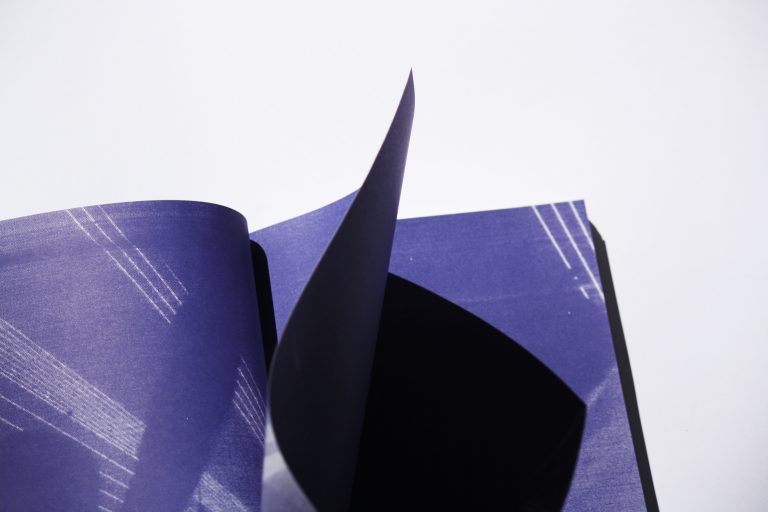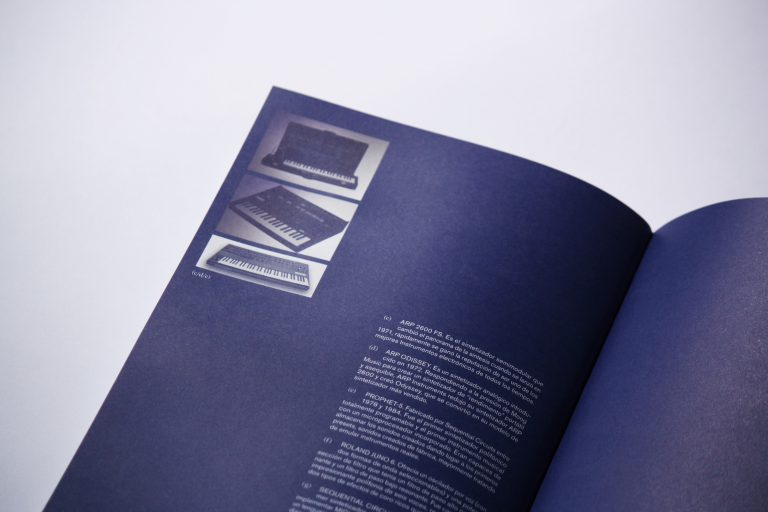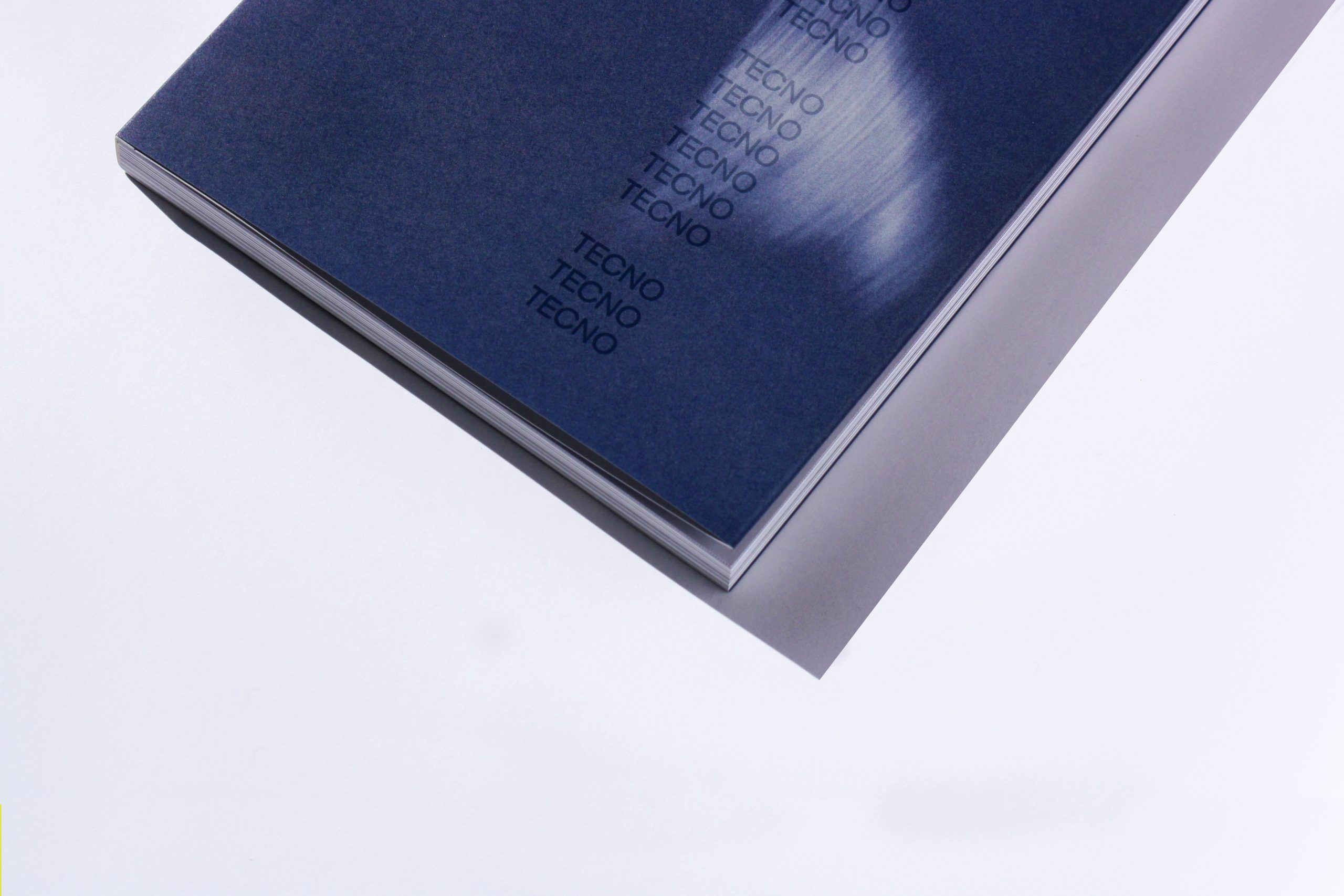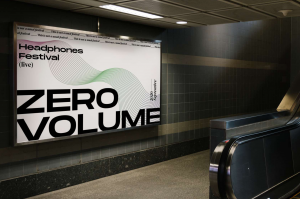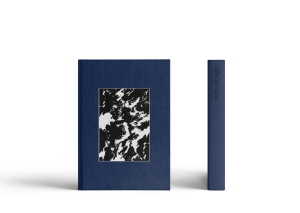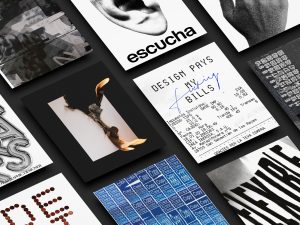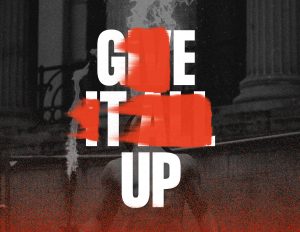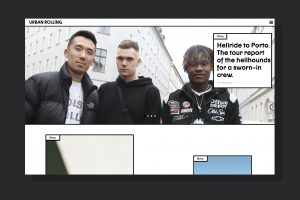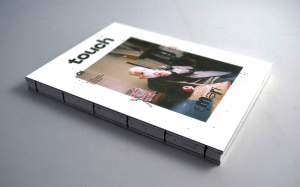Espacio total
Inés PiñeiroAlbert Perez
Graphic Elisava 2020
Lots of things tend to happen during a graphic.elisava master’s program. Mountains of research. Maybe one or two existential crises. Designing so much that you have nightmares about mismatched hex codes.
In some weird twist of fate, this year’s biggest ‘thing’ ended up being a global pandemic. We were forced to embrace digitalism over presentialism, do more with less, and channel disillusionment into positivity. In school, the lesson comes before the test, but life often takes the opposite approach. We think we’re better for it.
PLATFORM AND IDENTITY
For this year’s degree show we decided to continue the digitalist lifestyle that we’ve come to know. Pills replace name tags, thumbnails replace handshakes, and ingenuity replaces normality in order to illustrate how we view topics like “design ethics”, “comfort”, “manifestos”, and “freedom”.
About
This is graphic.elisava’s digital Degree Show. Find out more about the program at graphic.elisava.net
Acknowledgements
Many thanks to this year’s students in the Graphic Design and the Editorial Design master’s degrees. The 2020 graphic.elisava Degree Show – both the platform and the campaign that precedes it – wouldn’t have been possible without the indefatigable work of a group of design students making time for it in the middle of their end-of-year presentations.
On the typeface
Thanks to Non Foundry for letting us use their Non®Natural Grotesk throughout the website and campaign of this digital Degree Show.
Visit nonfoundry.com to find out more about their work.
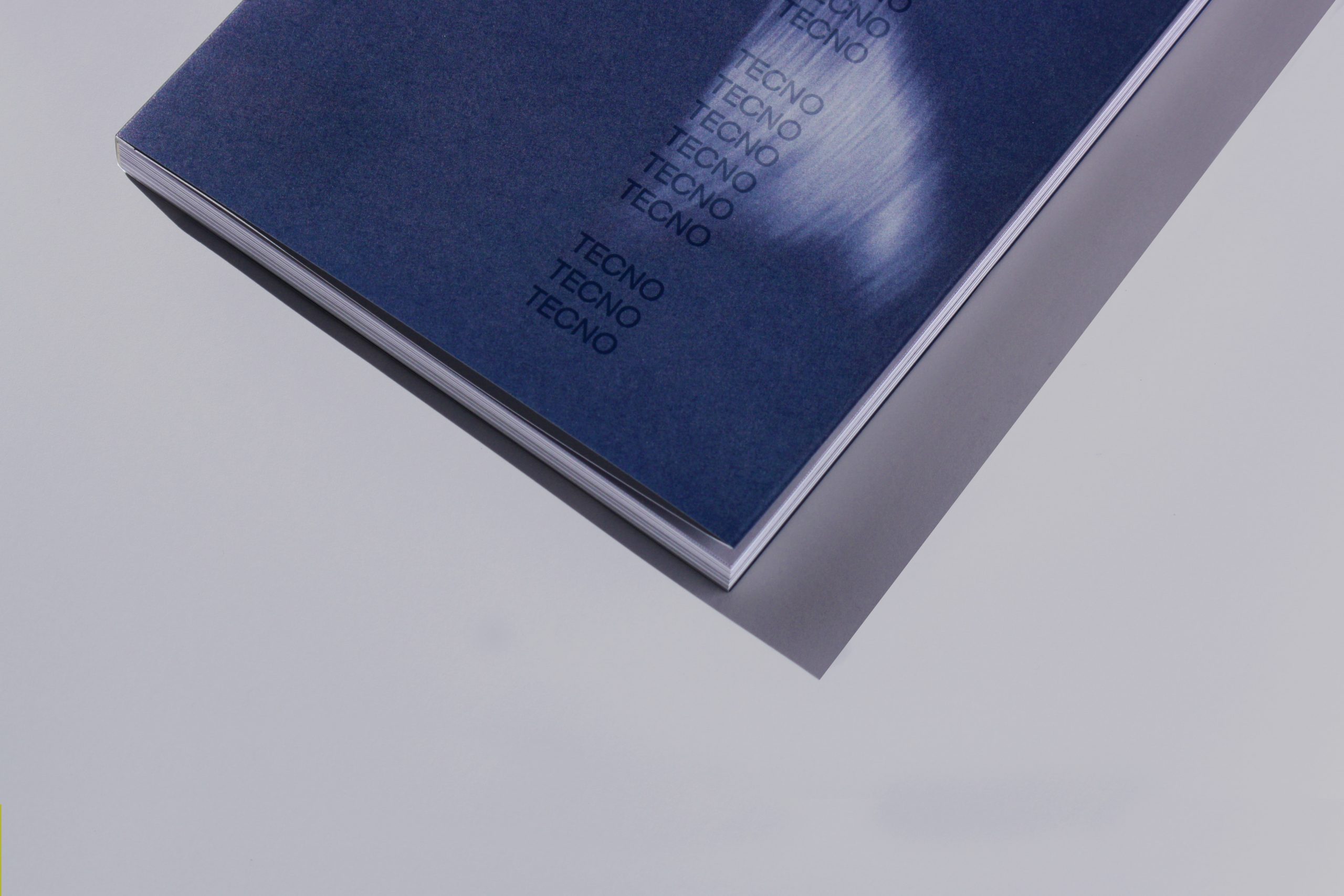

Espacio total
A dissection of club culture through light, sound and psicotropics.
To enter a club is to step inside an entirely new world. Human behaviour, perception and even appearance are altered. Everything just seems better inside but, why are clubs places where to be comfortable?
Espacio total explores club culture from the perspective of space but not in its conventional form.
“In 1978 Roland Barthes wrote about a new art. He had discovered it in a Paris nightclub, Le Palace, a former theater turned into a dance floor, where lights, sound and bodies created a radical experience. The most modern technologies gave this place “the ancient power of true architecture”. However, Barthes said, what was important was not technological achievement alone, but the possibility of building a new type of spatial experience.
Numerous legal texts evidenced an architectural phenomenon that displaces traditional spatial regulation instruments in favor of new technologies. From the wall, the window or the staircase, as essential elements in the construction of the spatial experience, one goes to the micro-technology of electronics and chemistry.
As Barthes indicated, we are no longer before a boïte, a box, as the French called a nightclub, but before a refined apparatus that brought together all kinds of previously scattered sensual pleasures: the joy of synthetic bodies, the mechanical massage of music and the visual delight of artificial lights and shapes.”
Pol Esteve

